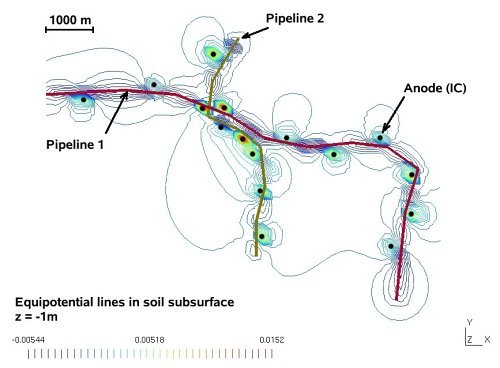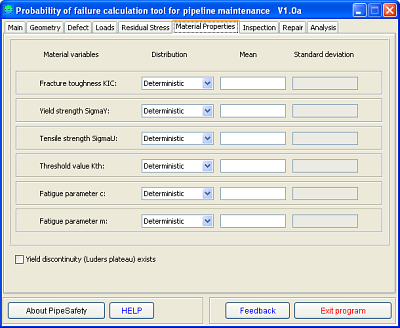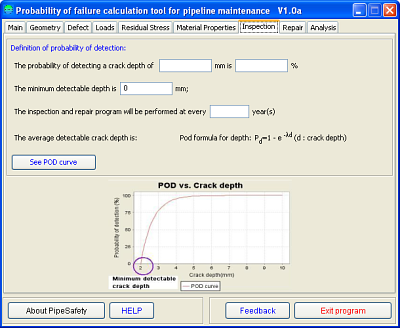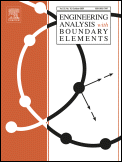Preparing for the hydrogen economy by using the existing natural gas system as a catalyst
The main objective of NaturalHY is to prepare EU countries for the hydrogen economy by identifying and removing potential barriers regarding the introduction of hydrogen into society, using the extensive existing natural gas system. The basic concept of the project is the smooth and short term introduction of hydrogen, at relatively low cost, by using the existing natural gas system to carry and distribute mixtures of natural gas and hydrogen. The research focuses on investigating how hydrogen will affect the integrity and durability of pipelines in particular crack growth and corrosion.
- Improvement of Inspection Tools -
- One of the tasks in the project is to investigate how inspection tools can be improved to improve the integrity management of pipelines carrying Hydrogen gas mixtures. The benefits of the integrating computer models of the cathodic protection system with monitoring and survey data to more accurately determine the condition of the pipeline is being evaluated.

- By integrating a computer model of the CP system based on the BEASY CP software with data collected at points along the pipeline the detailed potential and current distribution along the pipeline can be predicted. This information can be used to identify critical locations on the pipeline.

- Predicting Probability of Failure -
- The Integrity of gas transmission pipelines is threatened by crack like defects, corrosion defects and third party damage. The addition of hydrogen into pipelines changes the mechanical and fracture/fatigue properties which consequently make the pipeline more vulnerable to failure unless the pipeline is managed adequately. A new tool has been developed to predict how the mechanical properties, inspection and management strategies affect the probability that the pipeline will fail. The Probability of Failure (POF) tool can be used to assess crack like defects, corrosion damage and third party damage.
- The POF is computed using a probabilistic Monti Carlo simulation approach with all the input data having statistical properties.






